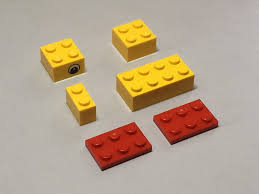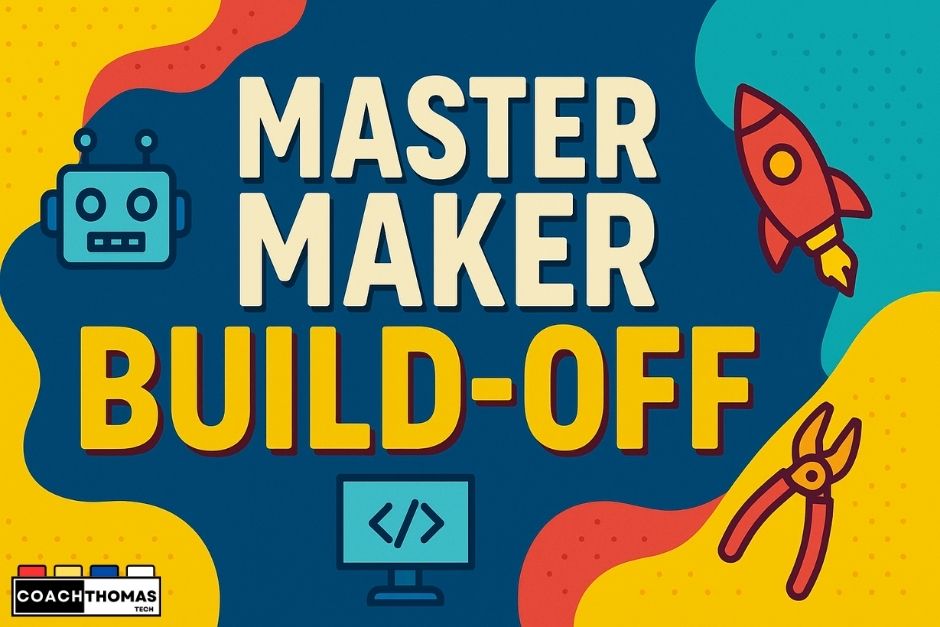Every teacher has seen it. You assign work, set expectations, and most students get started—some eagerly, some going through the motions. But then there’s that one student—scrolling, sneaking their phone, making no effort at all.
So, you walk over and ask, “Need help?”
The response? Defiance. Avoidance. Or just, “This is stupid.”
Frustration sets in. Why won’t they start? Why won’t they just try? But what if the issue isn’t effort—it’s how we’re asking them to engage?
The Problem
This is an all-too-common classroom reality. Teachers grow frustrated with students who refuse to do the work. The assumption? They’re lazy. But are they?
Many schools operate under the belief that “this is the way we’ve always done it.” But what if that’s exactly what’s disengaging students?
Students today aren’t lazy; they’re disconnected. They crave relevance. With unlimited access to information, rote memorization feels pointless. They need to understand why learning matters—how it connects to their lives.
They also want to be involved in the learning process. When they lack voice and choice, they disengage. They aren’t resisting learning—they’re resisting being passive participants in it.
The Shift: Seeing Laziness as a Symptom, Not the Cause
Instead of asking, “Why won’t they work?”, ask, “How can I make this meaningful?” Relevance sparks engagement.
- Connect to Real-World Interests: Students care about what’s happening locally and globally. Let them explore those issues.
- Give Autonomy: Offer flexible assignments where students choose how they show their learning.
- Increase Challenge Appropriately: Not every student learns the same way. The right level of rigor sparks curiosity and persistence.
This doesn’t mean eliminating essays or tests. It means diversifying how students demonstrate learning.
A Solution: A Quick, Actionable Activity Student Interest Map
- Set Up (2 min): Provide students with a blank sheet of paper, a digital document, or an online tool like Padlet.
- Brainstorm (5 min): Students list topics, activities, or skills they enjoy inside and outside of school.
- Share & Connect (5 min): In pairs or small groups, they share one or two interests and brainstorm ways these connect to subjects like history, math, or science.
- Apply (5 min): Ask: “How could you use one of your interests to explore or demonstrate learning in any subject?” Let them reflect on real-world applications.
Reflection and Call to Action
If your students aren’t engaged now, what’s stopping you from trying something new? Start small—one lesson, one tweak. The goal isn’t perfection—it’s progress.



